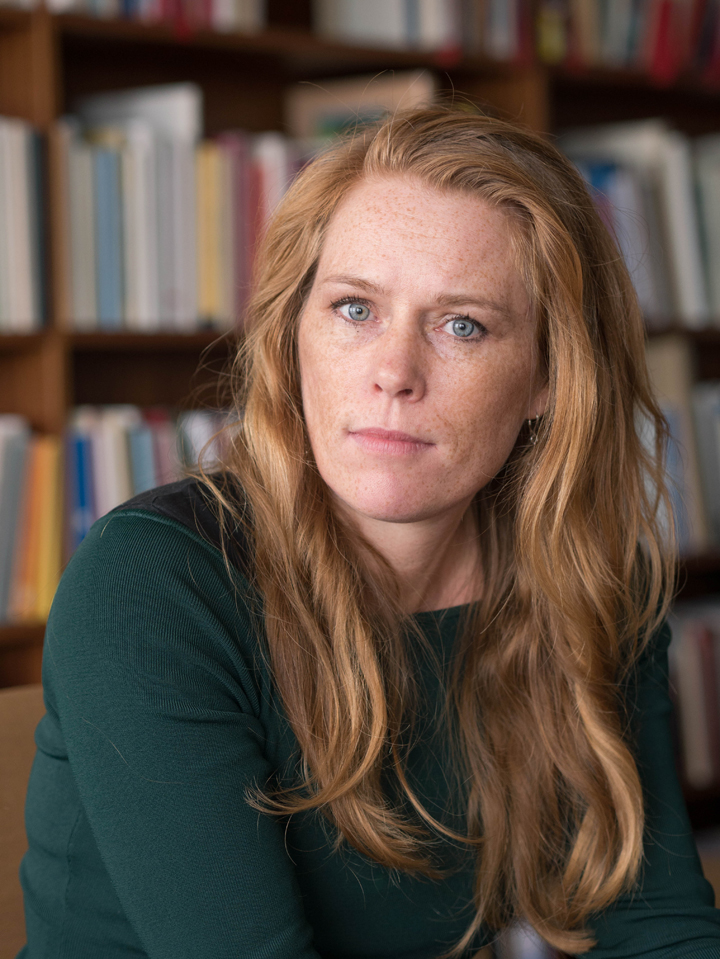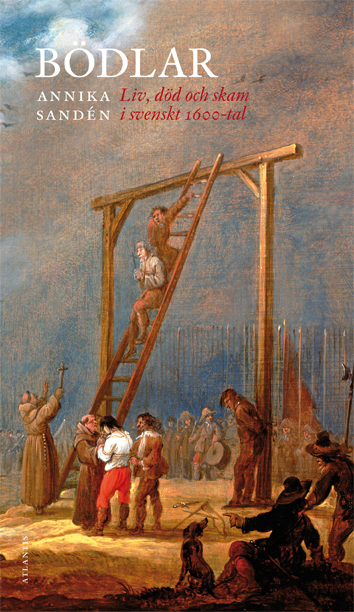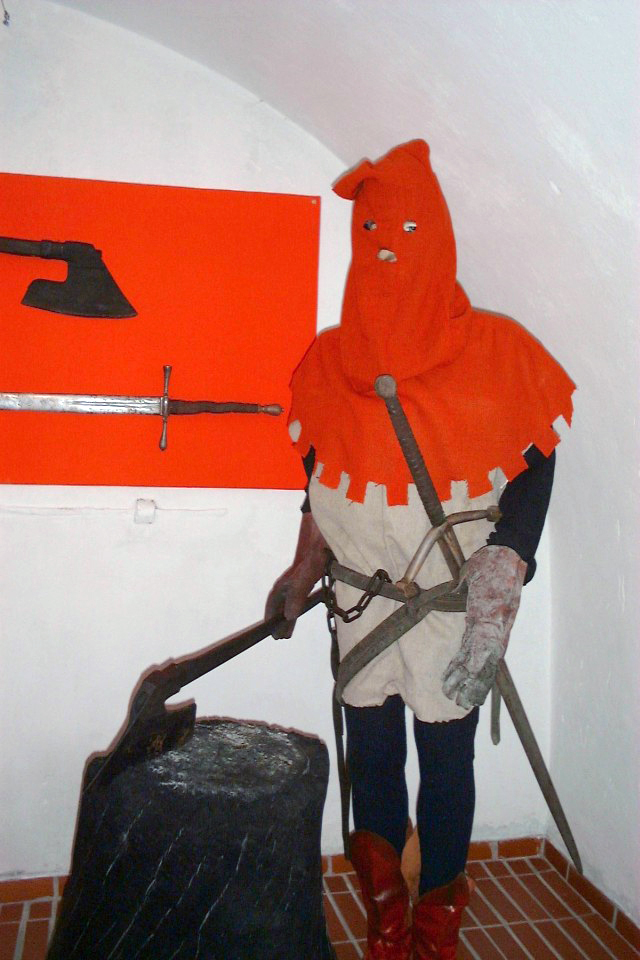The macabre history of executioners
To become an executioner in the early 1600s was no small feat. The chosen for the despised job first got an ear cut off and was then branded on the cheek with a red-hot knife.
-
 Annika Sandén, associate professor at Stockholm University is doing research on everyday conditions and shifts in society in the Swedish 1500s and 1600s.
Annika Sandén, associate professor at Stockholm University is doing research on everyday conditions and shifts in society in the Swedish 1500s and 1600s. -
-
The history of Sweden is full of scenes made for Halloween, perhaps even more bone-chilling because they are real. An associate professor at Stockholm University, historian Annika Sandén explores the horrors of the past through the character of the executioner, revealing how people lived (and died) in the 1600s.
-
 Bödlar: Liv, död och skam i svenskt 1600-tal.(Executioners: Life, death and disgrace in Sweden’s 17th century). 355 pages, ISBN: 9789173538428 (only available in Swedish)
Bödlar: Liv, död och skam i svenskt 1600-tal.(Executioners: Life, death and disgrace in Sweden’s 17th century). 355 pages, ISBN: 9789173538428 (only available in Swedish) -
-
Jöran Jöransson, the executioner for Åland, was called to behead the child-murderess Brita Kräki, followed by her immolation. He decapitated her with one stroke and piled her corpse onto the bonfire. (This was a relief, in a way, as there are numerous accounts of all-out bloodbath scenes straight from a nightmare when the executioner was less skilled.) After a while, he started to spread out the blackened pieces of the body when he stopped, separated out the well-done heart, plucked up a piece with his knife and shoved it in his mouth. He offered pieces to the horrified onlookers and then casually tossed the rest back on the fire. His defense at the ensuing trial? It was his duty to make sure the entire body burned and that eating some human heart would treat his angina.
-
 Executioner of the Middle Ages. Via Wikimedia Commons.
Executioner of the Middle Ages. Via Wikimedia Commons. -
Public cannibalism was an anomaly, but using human body parts was not. Blood of the condemned was the best medicine, but soldiers’ blood could also be used in a pinch; fingers, especially from thieves, were also in high demand. And wood from the gallows was used to strengthen beer. Think of that when you’re out celebrating Halloween.
-
What a macabre history reveals
Annika Sandén’s book, Bödlar: Liv, död och skam i svenskt 1600-tal (Executioners: Life, death and disgrace in Sweden’s 17th century), harnesses these gory accounts to illuminate the mindset of early modern Swedes. Her doctoral thesis, on urban communities in Linköping, used source materials like trial transcripts which, as today, reveal both the norms and margins of a society. As an associate professor at Stockholm University, her monographs have focused on these margins, first with "miscreants” and now with "executioners.” -
"In the accusations, the conflict between people, the witnesses’ statements and the judges’ words, there are frequently human aspects that beg the question of contemporaneous ideas about right, wrong, life and death, as well as how they lived every day,” explains Sandén. In this way, a peek into the extraordinary becomes a path into the ordinary.
-
Scarred, sliced and stigmatized
To become an executioner was no small thing. First, the “retiring” executioner would take a red-hot iron and brand the newly appointed one on the cheek or forehead. Then, the old one would grab his ear and cut it off. The old man would then kneel down before the new executioner, as he bade countless to do before him, and he would become the first victim of his replacement. -
The scars marked the executioner both physically and psychically. He was himself condemned — to execute punishments of both the terminal and excruciating varieties, but also to do the things that others thought too unseemly — emptying latrines, castrating horses and drowning kittens.
-
"The most interesting thing I found was the social role the executioner appeared to play. He acted as a liminal figure on the brink of all that was nasty and dark. And the fear contamination from his shame was more intense for people who found themselves close to that boundary,” says Sandén.
-
Peering into the dark crevasse of human nature is fascinating, but after a while we long for the light again. Annika Sandén is looking forward to continuing her historical work on early modern Sweden, "but with a focus on the more pleasurable aspects of life,” she jokes.
-
Text: Kimberly Parke
Courtesy of Stockholm University, www.su.se/english/ -
-
